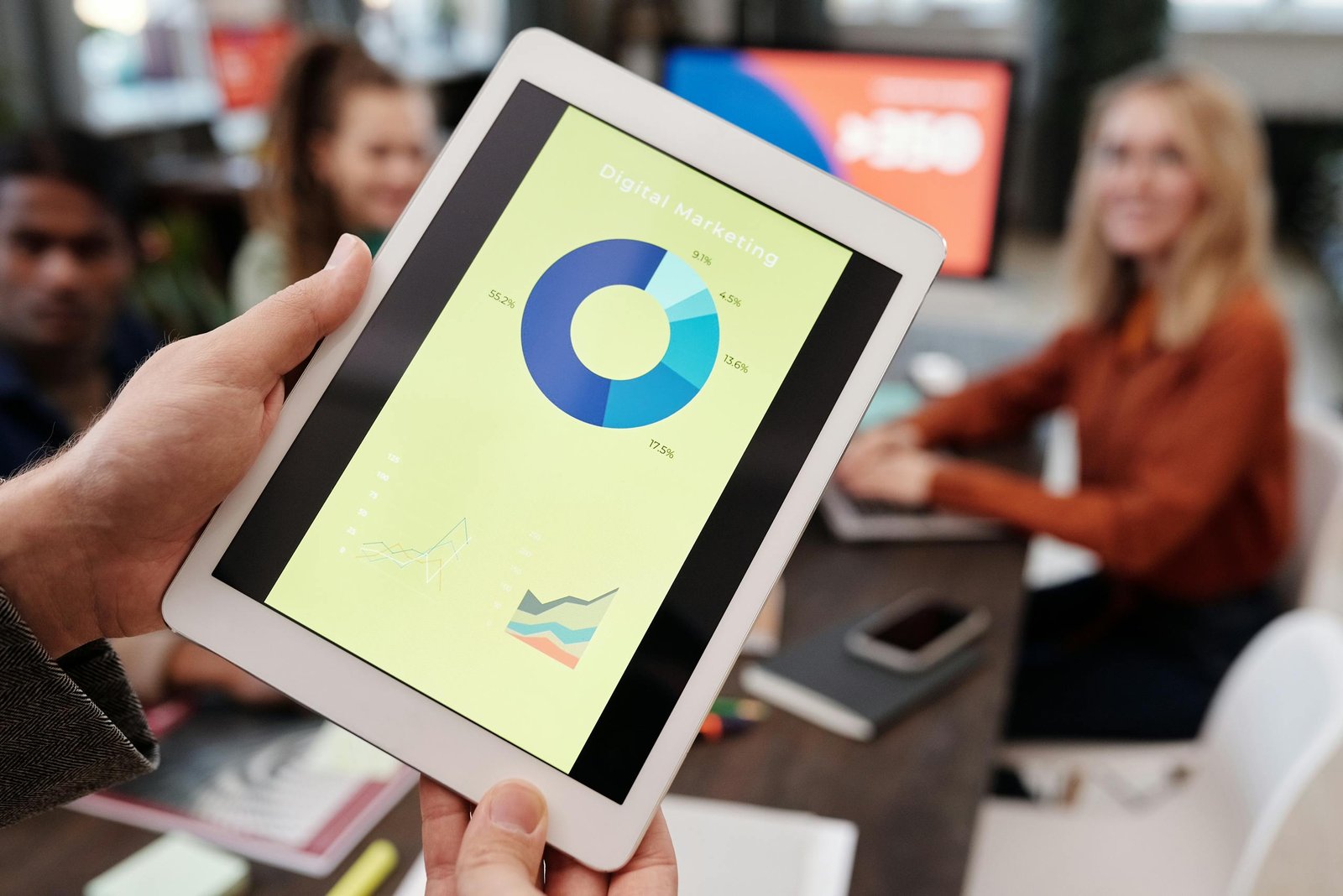
Instructional design is an evolving field that continually adapts to the needs of learners and the advancements in technology. As the educational landscape shifts, the ways in which we design and deliver instruction are being transformed by new tools, methodologies, and approaches. In this comprehensive exploration of trends in instructional design, we will explore how technology is shaping the future of education and training, and how instructional designers can leverage these advancements to create more effective and engaging learning experiences.
The Role of Technology in Instructional Design
Technology has become integral to instructional design, providing new avenues for content delivery, learner engagement, and assessment. Incorporating technology allows instructional designers to create interactive and immersive experiences catering to diverse learning styles. As we move forward, several key trends are emerging that highlight the importance of technology in instructional design.
Key Trends in Instructional Design
Several key trends are emerging that highlight the importance of technology in instructional design. These include:
1. E-Learning and Online Courses
E-learning has revolutionized the way educational content is delivered. With the rise of online courses, instructional design has adapted to create effective digital learning environments.
Benefits of E-Learning
- Accessibility: Online courses allow learners to access materials anytime and anywhere, breaking down geographical barriers and providing opportunities for those who may not have had access to traditional education.
- Flexibility: Learners can progress at their own pace, revisiting content as needed, which is particularly beneficial for complex subjects.
- Cost-Effectiveness: E-learning often reduces costs associated with traditional education, such as travel and accommodation.
Considerations for Instructional Designers
When designing e-learning courses, instructional designers must focus on user experience, ensuring that the interface is intuitive and that content is engaging. The use of multimedia elements, such as videos, podcasts, and interactive simulations, can enhance learning and retention.
2. Mobile Learning
The proliferation of smartphones and tablets has paved the way for mobile learning, or m-learning, which allows learners to engage with instructional materials on the go.
Advantages of Mobile Learning
- Convenience: Learners can access content from their devices, enabling learning in various contexts, whether commuting, at work, or at home.
- Microlearning: Mobile platforms facilitate microlearning, which involves delivering content in small, digestible chunks. This approach caters to shorter attention spans and busy schedules.
Design Strategies for Mobile Learning
Instructional designers must prioritize responsive design, ensuring that content is accessible and visually appealing on different screen sizes. Additionally, incorporating interactive elements, such as quizzes and discussion forums, can enhance engagement and promote active learning.
3. Gamification
Gamification is the application of game design elements in non-game contexts, such as education. This trend has gained momentum in instructional design as a way to increase motivation and engagement.
Key Elements of Gamification
- Points and Rewards: Learners can earn points for completing tasks, which can be redeemed for rewards, fostering a sense of achievement.
- Challenges and Levels: Structuring content into challenges or levels encourages learners to progress and master skills at their own pace.
Implementing Gamification in Instructional Design
When incorporating gamification, instructional designers should focus on aligning game mechanics with learning objectives. It’s essential to create a balance between fun and educational value, ensuring that the game elements enhance, rather than detract from, the learning experience.
4. Social Learning
Social learning emphasizes the role of social interactions in the learning process. This trend recognizes that collaboration among learners can enhance understanding and retention.
Benefits of Social Learning
- Peer Interaction: Engaging with peers fosters a sense of community and collaboration, which can enhance motivation and accountability.
- Diverse Perspectives: Learning from peers exposes individuals to different viewpoints and approaches, enriching their understanding of the subject matter.
Strategies for Promoting Social Learning
Instructional designers can implement social learning through discussion forums, group projects, and collaborative tools. Additionally, leveraging social media platforms can facilitate informal learning and community building among learners.
5. Personalized Learning
Personalized learning tailors educational experiences to meet individual learner needs, preferences, and interests. Technology plays a significant role in enabling personalized learning pathways.
Key Features of Personalized Learning
- Adaptive Learning Technologies: These systems analyze learner performance and adapt content accordingly, providing a customized learning experience.
- Learner Choice: Allowing learners to select topics or projects that interest them increases engagement and motivation.
Designing for Personalized Learning
Instructional designers should create flexible learning pathways that accommodate different learning styles and paces. This can be achieved through modular content, where learners can choose their own sequences and topics, fostering a sense of ownership over their learning journey.
6. Virtual and Augmented Reality (VR/AR)
Virtual and Augmented Reality technologies are transforming instructional design by providing immersive learning experiences that were previously unimaginable.
Applications of VR/AR in Education
- Simulations: VR can simulate real-world environments, allowing learners to practice skills in a safe and controlled setting. This is particularly useful in fields such as healthcare and engineering.
- Interactive Learning: AR can enhance traditional learning materials by overlaying digital information onto the physical world, making learning more engaging and interactive.
Considerations for Instructional Designers
When incorporating VR/AR, instructional designers must ensure that the technology aligns with learning objectives and that it is accessible to all learners. Additionally, the design should consider the user experience, ensuring that the technology enhances, rather than complicates, the learning process.
7. Data-Driven Instructional Design
The use of data analytics in instructional design is becoming increasingly important. By analyzing learner data, instructional designers can gain insights into learner behavior, preferences, and performance.
Benefits of Data-Driven Design
- Informed Decision-Making: Data provides instructional designers with evidence to inform their design choices and improve learning outcomes.
- Continuous Improvement: Analyzing data allows for ongoing assessment and refinement of instructional materials, ensuring they remain effective and relevant.
Implementing Data-Driven Strategies
Instructional designers can use analytics tools to track learner progress, engagement, and assessment results. This information can guide the revision of content, the identification of knowledge gaps, and the development of targeted interventions.
8. Artificial Intelligence in Instructional Design
Artificial Intelligence (AI) is making significant strides in instructional design, offering innovative solutions to enhance learning experiences.
Applications of AI
- Intelligent Tutoring Systems: AI can provide personalized feedback and support to learners, adapting to their needs in real time.
- Content Creation: AI tools can assist in generating educational content, quizzes, and even personalized learning pathways based on learner performance.
Considerations for AI Integration
When integrating AI into instructional design, it’s essential to ensure transparency and ethical considerations. Instructional designers must evaluate how AI impacts the learner experience and ensure that it enhances, rather than replaces, the human element of teaching.
9. Blended Learning
Blended learning combines traditional face-to-face instruction with online components, creating a hybrid learning environment. This approach has gained popularity as it leverages the strengths of both modalities.
Advantages of Blended Learning
- Flexibility: Learners can benefit from the structure of in-person classes while enjoying the convenience of online resources.
- Enhanced Engagement: Blended learning allows for varied instructional strategies, catering to different learning preferences and promoting active participation.
Designing Blended Learning Experiences
Instructional designers should carefully consider the balance between online and face-to-face components. This includes creating engaging online activities that complement in-person instruction and fostering opportunities for collaboration and interaction.
10. Lifelong Learning and Continuous Professional Development
In today’s fast-paced world, the need for lifelong learning has never been greater. Instructional design is increasingly focused on supporting continuous professional development for both educators and learners.
Importance of Lifelong Learning
- Adaptability: Lifelong learning equips individuals with the skills needed to adapt to changing job markets and technological advancements.
- Career Advancement: Ongoing professional development can enhance career prospects and job satisfaction.
Designing for Lifelong Learning
Instructional designers can create resources that support ongoing learning, such as micro-credentials, workshops, and online courses. Additionally, creating a culture of learning within organizations can encourage individuals to pursue professional development opportunities.
Conclusion
As technology continues to evolve, instructional design must embrace these advancements to create engaging, effective, and accessible learning experiences. By leveraging trends such as e-learning, mobile learning, gamification, social learning, personalized learning, VR/AR, data-driven design, AI, blended learning, and lifelong learning, instructional designers can enhance their practice and meet the diverse needs of learners.
The future of instructional design lies in our ability to adapt and innovate, integrating technology in ways that enrich the learning process. By remaining informed about emerging trends and continuously refining our approach, we can create meaningful educational experiences that empower learners and prepare them for success in an ever-changing world. Embracing technology in instructional design is not just a trend; it is a necessity for fostering a dynamic and effective learning environment.




